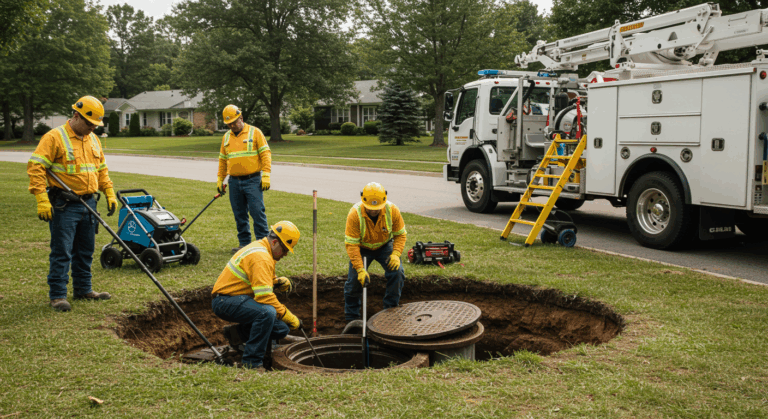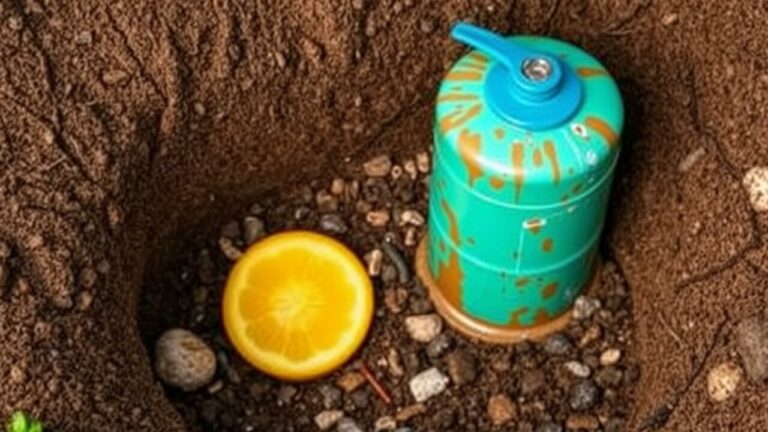Comparison: Submersible Septic Pumps vs. Other Types of Septic Pumps
When it comes to septic systems, choosing the right type of pump is crucial for efficient and reliable operation. Septic pumps play a vital role in moving wastewater from your home to the septic tank and then to the drain field. Among the various types available, submersible septic pumps have gained popularity. However, other types of septic pumps also have their merits. In this article, we will delve into the differences between submersible septic pumps and other types of septic pumps to help you make an informed decision.
Understanding Septic Pumps
Before we dive into comparisons, let’s take a moment to understand what septic pumps do. In essence, these pumps are responsible for moving sewage and wastewater from one place to another within your septic system. The primary types of septic pumps include:
- Submersible Septic Pumps
- Pedestal Septic Pumps
- Grinder Septic Pumps
- Effluent Septic Pumps
Each type has unique features, benefits, and applications, which we’ll explore in detail.
Submersible Septic Pumps
Submersible septic pumps are designed to be completely submerged in the wastewater they are pumping. These pumps are typically located inside the septic tank and are sealed to prevent any leakage. They are known for their efficiency and quiet operation. Here are some key points to consider:
- Durability: Submersible pumps are built to last, with robust construction that can handle harsh environments.
- Efficiency: Since they operate underwater, submersible pumps are highly efficient, reducing energy consumption.
- Quiet Operation: Being submerged helps to muffle the noise, making them more peaceful than other types of pumps.
- Space-Saving: These pumps do not require a lot of space, making them ideal for smaller septic systems.
Other Types of Septic Pumps
Now, let’s take a look at the other types of septic pumps and how they compare to submersible pumps.
Pedestal Septic Pumps
Pedestal septic pumps have a motor located above the water level, with a long shaft extending into the wastewater. They are typically used in situations where frequent maintenance is required, as the motor is easily accessible.
- Accessibility: The motor’s above-water placement makes maintenance and repairs more straightforward.
- Cooling: Pedestal pumps are air-cooled, which can be less efficient than water cooling in submersible pumps.
- Noise: These pumps can be noisier due to the motor being exposed.
Grinder Septic Pumps
Grinder septic pumps are designed to grind up solid waste into smaller particles before pumping it out. These are ideal for systems where the waste needs to be broken down before reaching the drain field.
- Handling Solids: Grinder pumps are excellent for handling larger solids, preventing clogs in the system.
- Maintenance: These pumps require more maintenance due to the grinding mechanism.
- Power Consumption: Grinder pumps can consume more power due to the additional grinding process.
Effluent Septic Pumps
Effluent septic pumps are used to move clarified effluent from the septic tank to the drain field. They are generally used in systems with a separate septic tank and drain field setup.
- Specialized Use: These pumps are designed specifically for moving effluent, making them very efficient for this purpose.
- Lower Solids Handling: Effluent pumps are not designed to handle solids, so they require a well-functioning septic tank to operate correctly.
- Energy Efficiency: They tend to be more energy-efficient compared to grinder pumps.
Key Differences and Considerations
When comparing submersible septic pumps to other types, several factors come into play:
- Installation and Space Requirements: Submersible pumps are compact and space-efficient, making them suitable for smaller installations. Pedestal pumps, while easier to maintain, require more space.
- Maintenance: Pedestal pumps offer easier access for maintenance, while submersible pumps, though more durable, can be more challenging to service.
- Noise Levels: Submersible pumps are quieter, which can be a significant advantage in residential settings.
- Energy Efficiency: Submersible pumps generally offer better energy efficiency, reducing long-term operating costs.
- Application Suitability: Grinder pumps are ideal for systems with heavy solid waste, while effluent pumps are perfect for moving clarified wastewater.
When deciding between submersible septic pumps and other types of septic pumps, it’s essential to consider your specific needs and system requirements. Submersible pumps offer a quiet, efficient, and space-saving solution ideal for many residential applications. On the other hand, pedestal pumps provide easy maintenance access, grinder pumps handle solid waste effectively, and effluent pumps are specialized for moving clarified wastewater. Understanding these differences will help you choose the best septic pump for your system, ensuring reliable and efficient wastewater management.
Conclusion
In conclusion, both submersible septic pumps and other types of septic pumps have their unique advantages and applications. Submersible pumps are a popular choice due to their efficiency, quiet operation, and durability. However, depending on your specific needs, a pedestal, grinder, or effluent pump might be more suitable. By carefully considering factors such as installation requirements, maintenance, noise levels, and energy efficiency, you can select the best septic pump to keep your system running smoothly. Whether you’re upgrading your existing system or installing a new one, understanding these fundamental differences will help you make an informed decision.
Remember, proper maintenance and regular inspections are crucial for the longevity and performance of any septic pump. If you have any questions or need further assistance, feel free to reach out to us at Septic Pumps. We’re here to help you with all your septic system needs.


